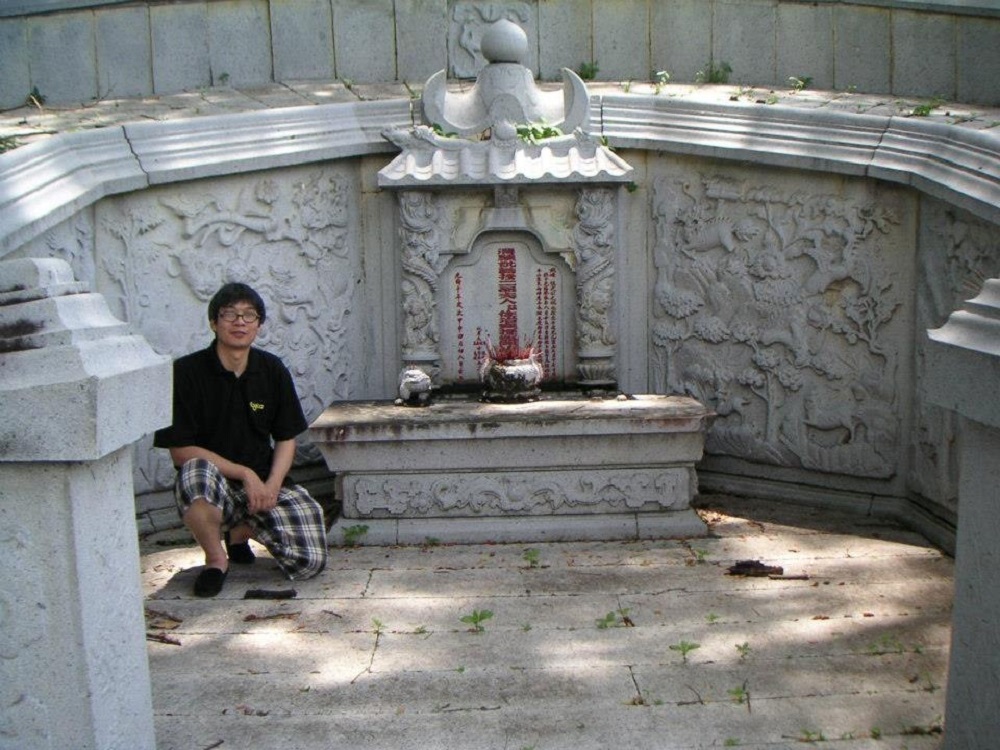GEORGE TOWN, March 5 — The Penang heritage council will be documenting the 138-year-old gravesite of Foo Teng Nyong with recommendations to preserve it.
Penang heritage commissioner Rosli Nor said he has discussed with the Penang Island City Council’s (MBPP) heritage department on preserving the tomb of the third wife of Kapitan Cina Chung Keng Quee.
“The city council agreed with me so we will be recommending that the tomb be preserved but before this, we will need to document it,” he said.
Rosli said the heritage council will be going to the site to document the details of the tomb once the site, which is now overgrown with vegetation, is cleared for better access.
A great-grandson of Foo and Chung, Jeffery Seow has appealed to the authorities to prevent the demolition and exhumation of the tomb.
He also started an online petition to call for the preservation of the tomb which is located off Jalan Bunga Telang in Tanjung Bungah.
Foo, born in 1849, died in 1883 and was entombed at the elaborately carved and designed grave in 1884.
Foo was one of Chung Keng Quee's (also known as Chung Keng Kwee) many wives and she was the mother of Chung Siew Ying, Chung Thye Phin and Chung Thye Chong.
She was the aunt of Foo Choo Choon, who was known as the Tin King of Malaya, and it was believed that she was instrumental in securing a job for Choo Choon in her husband's mines which jump-started Choo Choon's career in tin mining.
Chung Keng Quee was the largest tin mine owner and employer of labour in Malaya. In 1887, he was the largest tin producer in Perak.
He was dubbed as the founder and administrator of modern Taiping and was appointed as Kapitan Cina by the British in 1877.
He was also well known for his philanthropy where he donated generously to schools, temples, associations and various charities.
Two streets in Penang, Keng Kwee Street and Ah Quee Street, were also named after Chung.
His and Foo's son, Chung Thye Phin, served in the Perak State Council till 1927 and was also known as the last Kapitan Cina of Perak.
Last month, the owner of the land where the tomb is located placed an advertisement requesting Foo’s relatives to exhume her grave.
Penang Heritage Trust’s Clement Liang said the tomb is a unique grand Cantonese-style grave.
“Unseen in Penang, it is an architectural masterpiece which should be given due attention for conservation,” he said.
He hoped the authorities have learned their lesson from previous cases of mass destruction of historical family graveyards.
He referred to the destruction of the Kapitan Cina Koh Lay Huan’s family graves at Batu Lancang including those of prominent historical personalities like Koh Seang Tatt and Koh Lip Teng.
He said the incident set a bad example for the preservation of family history in Penang.
Previously, Rosli has also recommended that the grave be preserved as a green area and setback for any proposed development on the land.
He said this would protect the grave from destruction while at the same time, allowing the landowner to develop it.
Khoo Salma, also from PHT, said there was a precedent of a developer setting aside an existing grave within its development project without destroying and exhuming it.
“There is actually a precedent for this and it is with my ancestor's grave,” she said.
She said the tomb of Khoo Soo Hong was preserved within one corner of the Taman Kristal high-rise development.
Soo Hong Lane, street in George Town, off Armenian Street, was named after Khoo Soo Hong.



















